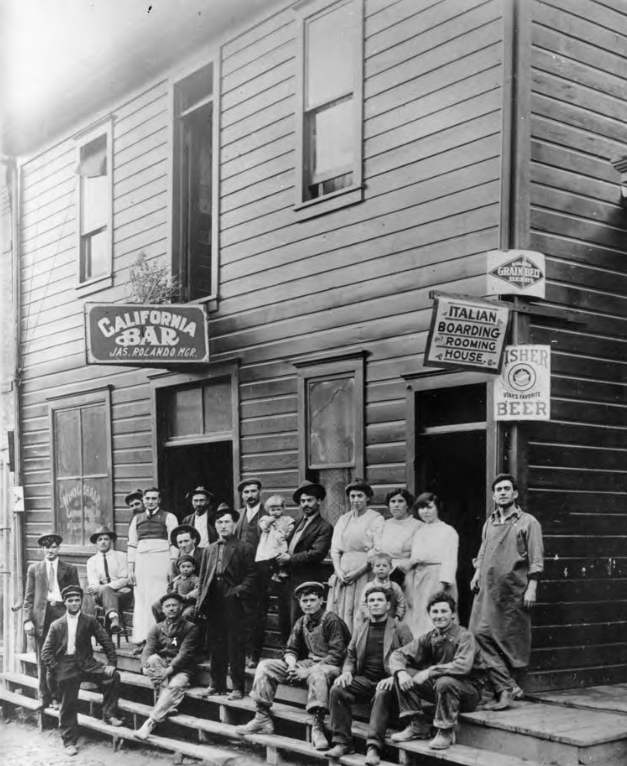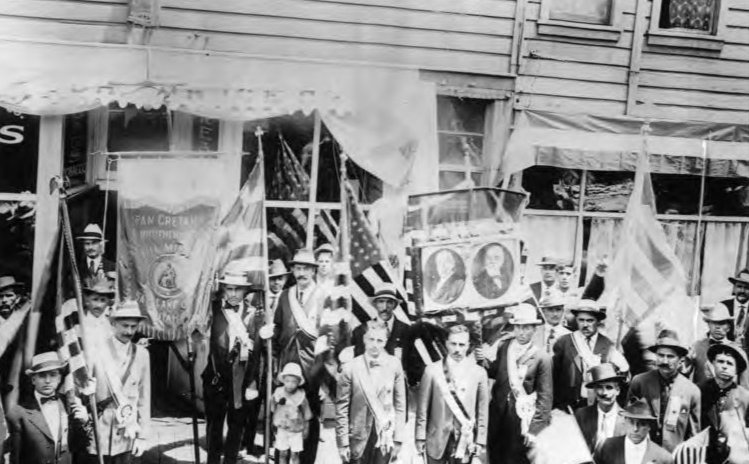When the railroad came to Utah, it connected communities and resources here to markets across the United States. Railroads opened the door for businesspeople to make a lot of money from things like mining.
In Short
From the 1890s through the 1920s, many people in Utah made money through mining and other industrial activities instead of farming. All of those industries needed workers, and people came from around the world to work in Utah. They brought their cultures and traditions with them.

Railroads and Mining
How do the things you buy get to your house or to the store? How expensive and hard would it be to move things with a horse and wagon? When the transcontinental railroad came to Utah in 1869, it changed the area’s economy. The things people wanted or needed to buy—like coal to heat their houses or stylish clothes to wear around town—cost much less, but also required cash. That meant that Utahns used more banks. Can you see how this new economy was linked together?
Commercial mining began in Utah in 1862. Once railroads arrived, mining could be done at a much higher profit. By 1912, the state had 88 mining districts, with people digging for gold, silver, copper, lead, and zinc. The most profitable areas in Utah were Bingham Canyon, Park City, and Tintic. Sometimes we imagine miners in the West as people just panning for gold in a stream. That happened, but as people had to dig deeper into the earth to get minerals, they needed more and more money to do so. Big corporations and investors from outside Utah or even the United States became the forces behind the state’s growing mining industry.

Immigration
Utah’s railroads, mines, and other industries couldn’t run without labor, so people from around the world moved here to work and earn money. First came Northern Europeans, such as the Irish, Cornish, and Welsh. Then, from the 1890s to the 1920s, waves of immigrants arrived from southern and eastern Europe, Japan, Korea, and China. Immigrants from 26 different countries lived and worked side by side in Carbon County alone. Some immigrants came because labor agents recruited people from their home countries to work in the United States. Leonidis Skliris, a labor agent from Greece, recruited thousands of Greeks to come to Utah, Wyoming, and Nevada.
Keep Exploring!
Return to the Immigration and Expansion page here.
Return to the I love Utah History home page here.